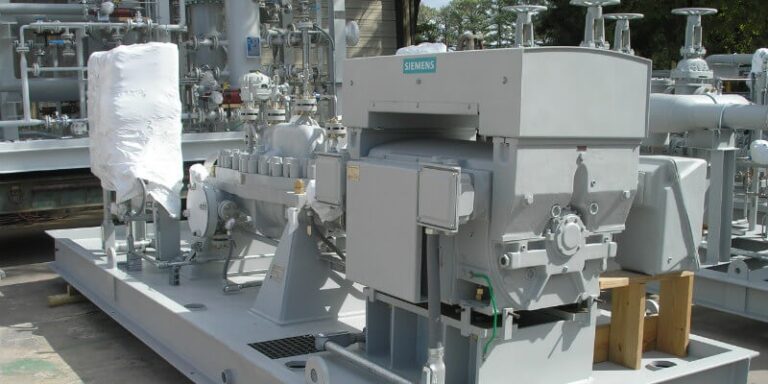
Racking systems have an important role in maximizing storage space and increasing operating efficiency in a variety of sectors. These systems offer a well-organized and effective method of storing and retrieving commodities. Understanding the fundamental components of the racking system Malaysia is critical whether they are utilized in warehouses, retail stores, or other commercial areas. These understandings will assist firms in making informed decisions and getting the most out of their racking systems.
Load Capacity and Weight Distribution
Determining a racking system’s load capacity is critical for guaranteeing safe storage and preventing structural breakdowns. Each type of racking system has different load-bearing capacities that must be carefully controlled.
In addition, businesses have to check the weight distribution throughout the system to avoid overloading specific parts. Proper weight distribution not only ensures system stability but also makes effective use of available space.
Safety Measures
When utilizing racking systems to protect people and cargo, it is critical to implement adequate safety measures. Beam connections, pallet guides, and safety locks aid to secure goods in position and prevent inadvertent dislodgement.
Furthermore, companies should educate their staff on safe material handling techniques, load capacity constraints, and the proper usage of equipment such as forklifts. Regular inspections, maintenance, and adherence to safety standards all contribute to a safe workplace.
Integration with Warehouse Management Systems
Integrating racking systems with warehouse management systems (WMS) can significantly improve operational efficiency. Businesses can use WMS software to maintain several things, including:
- Inventory levels
- Monitor stock movements
- Improve picking
- Replenishment processes
Businesses can expedite operations, decrease errors, and increase overall efficiency by combining racking systems with intelligent technology.
Maintenance and Regular Inspections
In order to ensure the long-term functionality and safety of the warehouse Racking System Malaysia, regular maintenance and inspections are required. Businesses should implement a maintenance plan that involves inspecting for indicators of:
- Damage
- Lubricating moving part
- Tightening loose connections
Regular inspections assist in identifying potential faults early on and allowing for rapid repairs or replacements, reducing the chance of accidents or system failure.
Compliance with Building Codes and Regulations
Businesses must ensure that the racking systems they choose are by local building codes and regulations. This involves following fire safety laws, seismic standards, and load capacity criteria. Working with experienced consultants and securing appropriate permits can assist organizations in navigating these compliance issues.
Financial Considerations
It is important to carefully assess the cost of installing a racking system, taking into account both the initial outlay and the long-term advantages. In addition, budgetary considerations are important, but organizations should also examine the potential ROI, increased production, and decreased operating costs that a productive racking system may provide.
Consideration of Available Space and Layout
Maximizing the benefits of a racking system requires efficient space usage. To maximize storage capacity, businesses should carefully examine available space and consider the structure and arrangement of racks. Aspects such as aisle width, vertical space usage, and the flow of goods throughout the facility are all taken into account.






